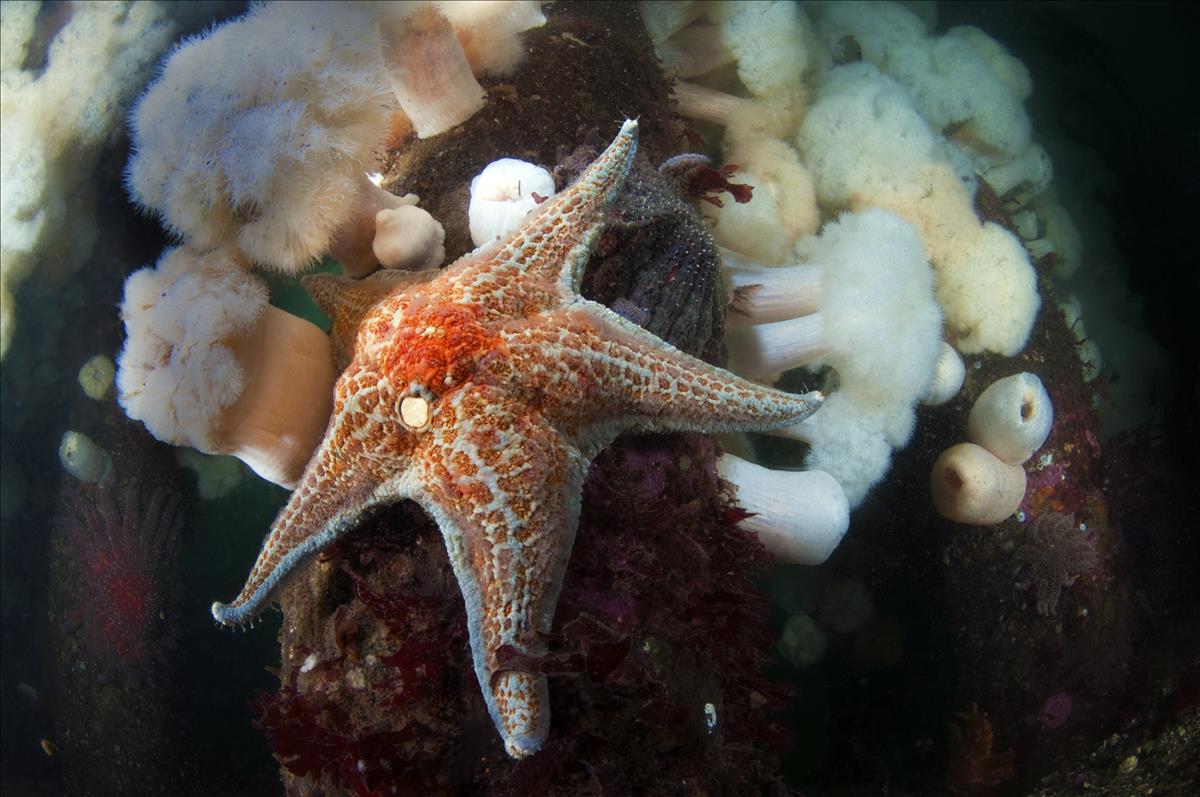Alerts
Please be advised that our bird aviaries are open!
Your Toronto Zoo is committed to the health and safety of the animals in our care. We take proactive steps to protect our birds from Avian Influenza which has been confirmed in a wild bird in southern Ontario, and some birds may still be off display.
Please note Splash Island is still closed and will not open until July due to unforeseen delays in construction. Please watch for updates on https://www.torontozoo.com/tz/splash or on our social media pages. Thank you!
Please note the following animals are currently not on display due to various reasons including Avian Bird Flu, and Covid-19 sensitivity:
- Flamingo, peacock, owl, bald eagle, and aviaries
- Some Kids Zoo Animals
- Cougar
- Moose
- Kangaroo walk through (kangaroos are still visible)
- Axolotl
We apologize for the inconvenience!


Starfish
Location at the Zoo:
Americas
Region: Northern Pacific
Leather sea star
The leather sea star has a smooth and slimy skin. It is a mottled reddish-brown and orange. The gill areas are rusty brown and the outside edge is a greenish-grey colour. Five arms taper broadly towards the extensive central disk, and can reach up to 15 cm in length. Four rows of tube feet are located on its underside, which is used in locomotion. It has a very distinct smell similar to that of garlic.Conservation Status: IUCN
